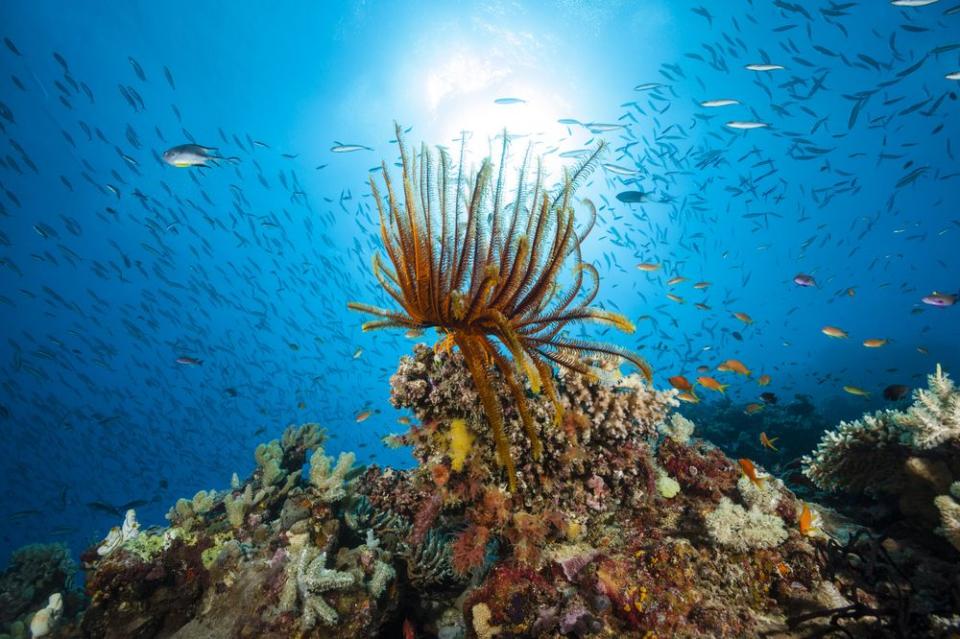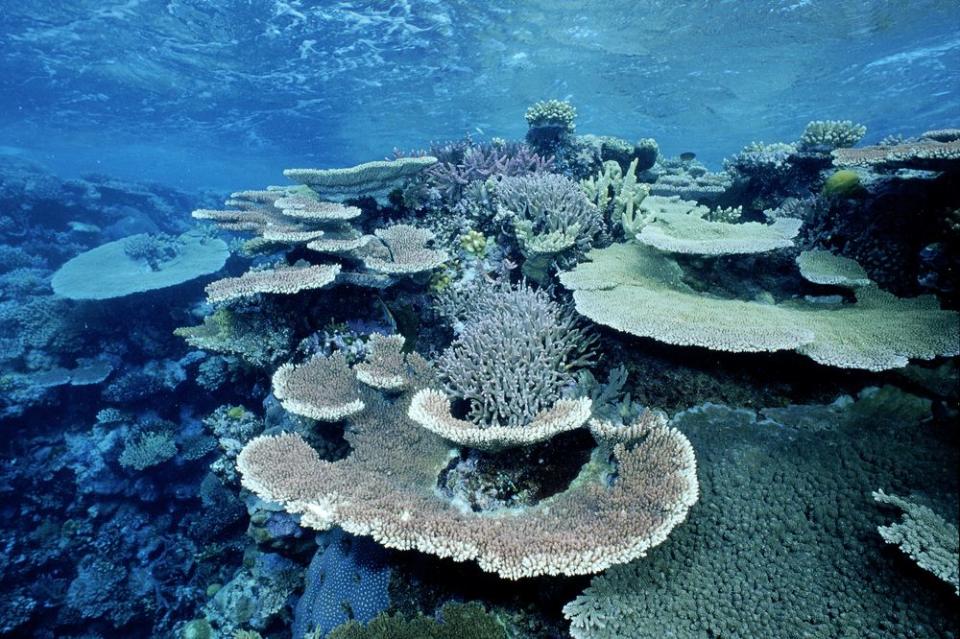Pantone's Color of the Year is Living Coral, But How Much Coral Is Actually Living?
When Pantone declared its anticipated Color of the Year for 2019, we were, understandably, smitten. From a decorating standpoint, coral is one of those shades that fits into a beach home as naturally as a good seagrass rug. In our world, it’s a hue that almost always feels right—a beachy neutral, if you will.
But, outside of the home and closet, the convivial shade is growing more sparse, and that’s because its namesake—actual living coral—is rapidly dying worldwide. The past 30 years alone have taken a particular toll on reef systems. According to a climate report published in 2017, ocean heat waves occurring increasingly more often have caused considerable strife to coral reefs globally.

In Australia’s Great Barrier Reef, it’s estimated that more than half of all coral has been killed; certain spots in the South Pacific fared worse, with 98 percent of coral lost. And scientists agree the epidemic is only getting worse.
While pollution and overfishing are partially to blame, the main culprit for widespread coral loss is a phenomenon called coral bleaching. Triggered by unusually warm ocean temperatures, bleaching occurs when coral dispels the algae living within it, eliminating its main food source. Without nutrition—and with long-term or frequent exposure to high temps—coral will turn white and eventually starve. If trends continue, some scientists believe we may lose up to 90 percent of our reefs by 2050.

Others, meanwhile, are working tirelessly to stop it—or in some cases, repair what’s already been lost. From developing sun shields to slow bleaching to testing quick-grow techniques using living coral fragments, scientists are brewing up myriad ways the world’s coral reefs can adapt to a changing world and thrive for years to come. (And you can help, too.)
Thanks to these efforts, living coral will hopefully continue to exist in all its vibrancy, spreading optimism and color inspiration for decades to come.
Related: Meet Our 2017 Ocean Heroes:


